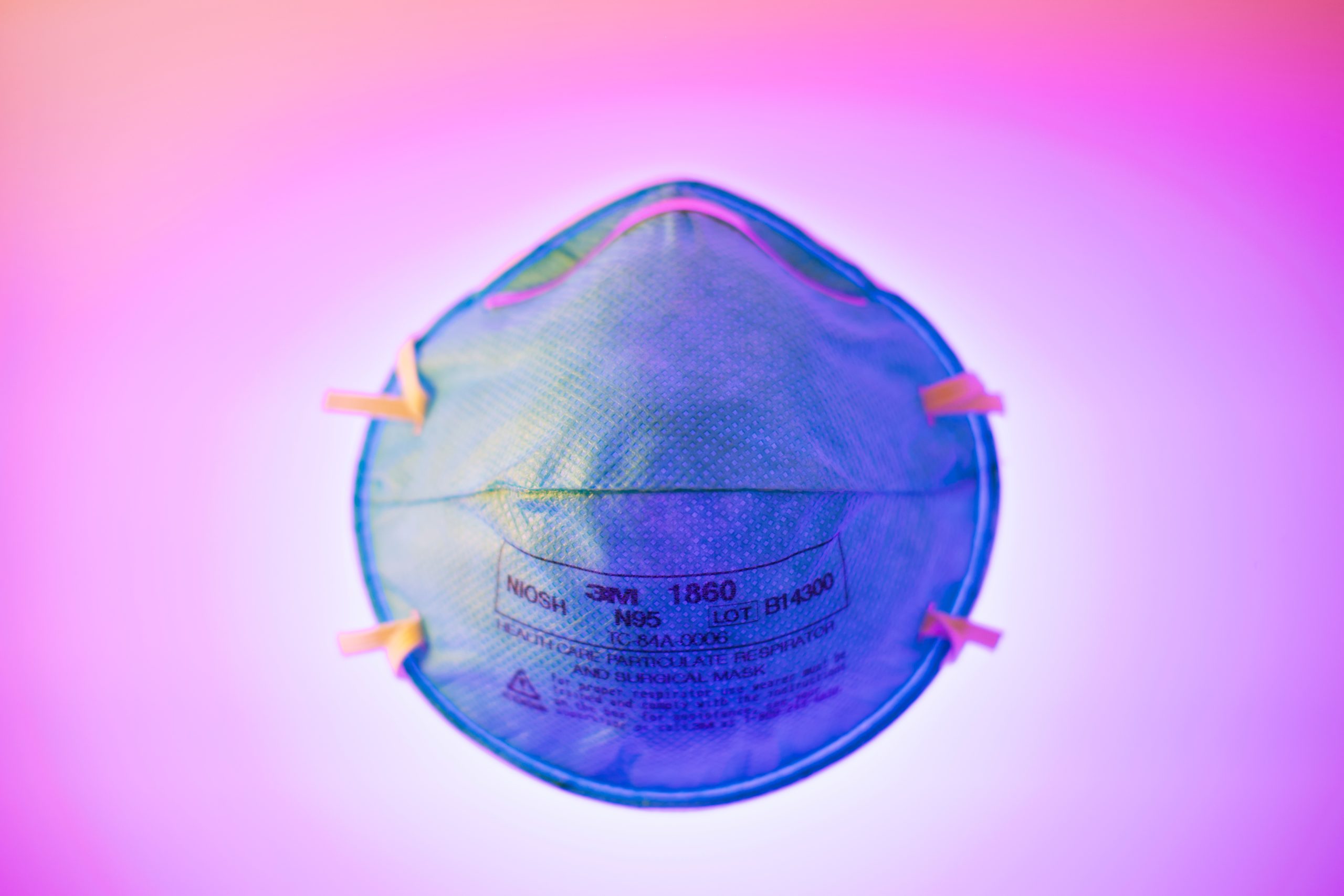Photo by Brian McGowan on Unsplash
COVID-19–it’s something we’ve been dealing with for what feels like years now, even though it’s only been a few months. There’s tons of misinformation out there, tons of poor attempts at charity, and a ton of anxiety and fear. Driving the anxiety is that the illness is affecting those already marginalized in America, including the LGBTQ community.
March 24, I took a moment to take part in the Human Rights Campaign‘s COVID-19 telephone town hall featuring HRC president Alphonso David and Dr. Carl Streed. I’ve been a supporter of the HRC for years as an ally, so I thought it only right to use my platform to relay the important information I learned while attending the town hall. The information I took notes on is a little dense, so I’ll break everything down as much as possible.
The rundown on COVID-19
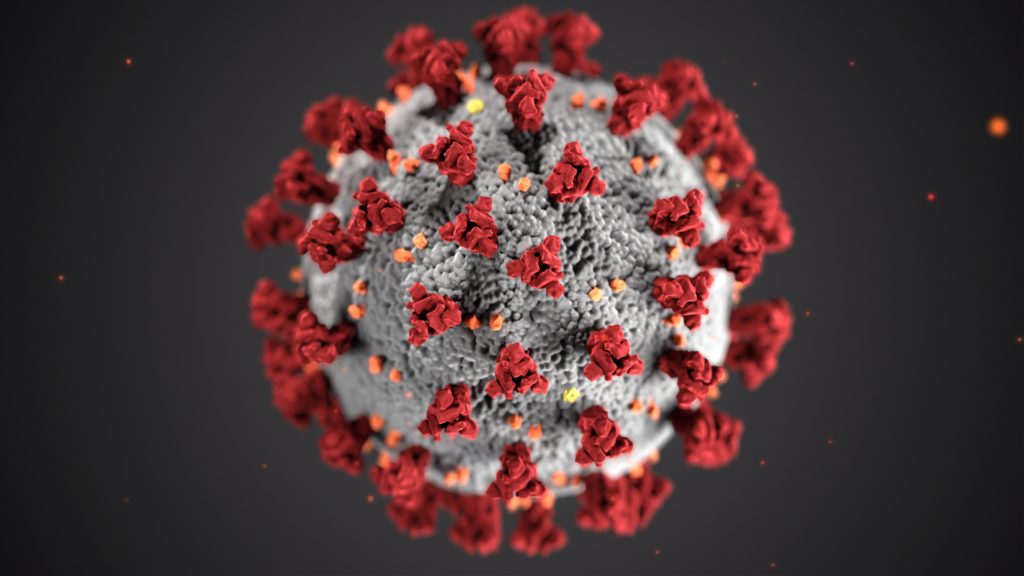
Streed said it’s “not truly a surprise” to health care specialists that COVID-19 has emerged, adding the researchers have been studying the family of coronaviruses for decades and expected a new coronavirus to make its presence known.
Some key details from Streed’s rundown about the virus and its history:
-Novel Coronavirus, COVID-19, emerged in December 2019 in Wuhan, China. The virus can be spread through respiratory droplets from sneezing or coughing. It is possible, but not proven, that COVID-19 can be spread through oral applications and people’s stools. It it also possible it can be infectious in the air for a few hours and on surfaces for a few days.
-There are people who can be infected and not showcase any symptoms. Instead they “can shed the virus, leading to more infections.”
-Self-isolation is recommended for people who suspect they have the virus, “even if [they] are feeling well or only have a scratchy throat.” Self-isolation is recommended for 14 days, since symptoms can show as early as two days or as late as two weeks. [editor’s note: The reason for the quarantining and social distancing happening across the country and around the world is because of the time frame it takes for symptoms to show up as well as to slow down the virus.]
-We are in allergy season, so don’t misconstrue allergy symptoms for coronavirus symptoms. The key differences between allergies and COVID-19 are 1) significant fever 102 degrees or higher, dry cough, and shortness of breath.
-Some coronavirus symptoms could also include diahrea or stomach upset. Symptoms can also develop into pneumonia, heart issues, and worse. People over the age of 60 are especially vulnerable, as well as people with chronic illnesses such as asthma, COPD, untreated HIV, etc.
-While scientists are still developing research on how fatal COVID-19 is, the current percentage used by scientists is 5 percent. This means it’s less fatal than SARS (10 percent) and MERS (33 percent).
For more information, here’s my quick Instagram summary of COVID-19 facts, using facts from WHO (Thanks, Canva!)
How COVID-19 hurts America’s LGBTQ community
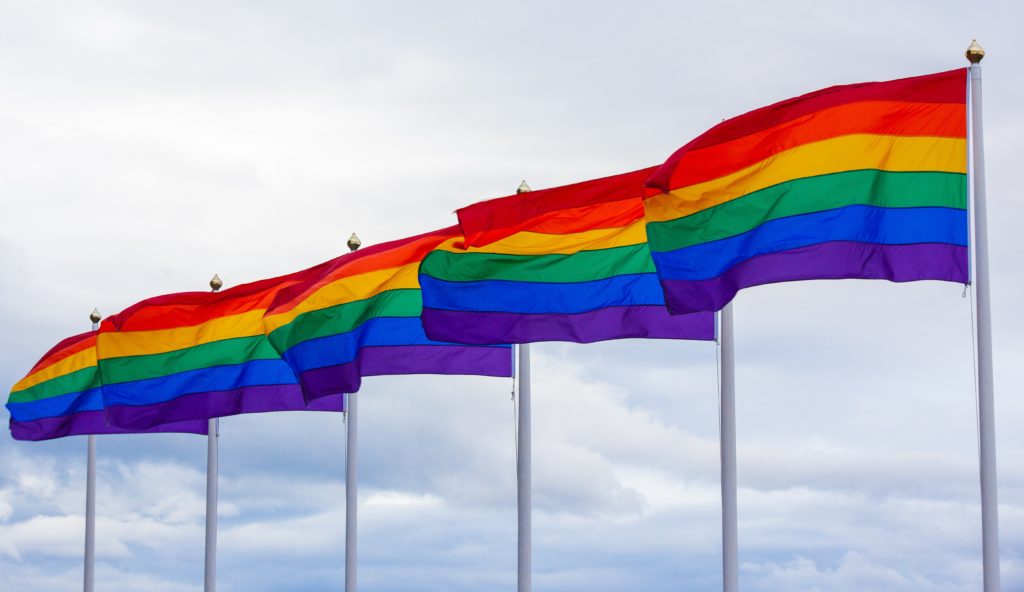
David referenced HRC’s briefs on COVID-19’s effects on LGBTQ Americans to relay the statistics that showcase the LGBTQ’s specific vulnerabilities that are being heightened by the pandemic.
“We do see more cases of asthma and COPD among LGBTQ populations,” said David, adding that there’s a recorded higher use of tobacco among LGBTQ populations. “More LGBTQ individuals are in the service industry and [live on] wage work,” he said. The brief “The Lives and Livelihoods of Many in the LGBTQ Community Are at Risk Amidst COVID-19 Crisis” states that the official number of LGBTQ Americans in the service industry is 2 million. To me, this means that many of those in the service industry who have been laid off or fired because of the coronavirus are among the LGBTQ community, which will affect their finances and ability to take care of themselves during the pandemic (i.e. buying food, keeping standing prescriptions ordered, etc.)
Here are more stats from the brief:
-One in 10 LGBTQ people are unemployed and more likely to live in poverty than their straight and cisgender counterparts, “meaning they cannot always afford the health care that they need or afford to engage in preventative health care measures. Black (40 percent) and Latinx (45 percent) transgender adults are more likely to live in poverty than transgender people of other races.
-17 percent of LGBTQ Americans lack access to health care
-One in five LGBTQ Americans haven’t seen a doctor because they can’t afford it. When broken down by race, Black (23 percent)and Latinx (24 percent) LGBTQ adults are most likely to have avoided doctor vists, as well as 29 percent of transgender women.
-While three percent of Americans are affected by kidney disease, the average for LGBTQ Americans is seven percent.
-17 percent lack access of healthcare, with higher numbers among LGBTQ adults of color (23 percent), transgender adults (22 percent) and transgender adults of color (32 percent). “This can lead to avoidance of medical care even when medically necessary, and to severe economic hardship when medical care is ultimately accessed,” states the COVID-19 brief.
-40 percent of homeless youth are LGBTQ, as found by True Colors United. 30 percent of LGBTQ youth are in foster care. “This means that many LGBTQ youth may heavily rely on food and resources provided by public schools and child welfare agencies,” states the breif. “Due to widespread school closures as a result of COVID-19, LGBTQ youth are at risk of accessing basic needs provided by schools. They may also be required to spend more time in unsupportive environments–including home environments where they face family rejection.”
-37 percent of LGBTQ Americans smoke everday compared to 27 percent of non-LGBTQ people, and 21 percent of LGBTQ adults have asthma compared to 14 percent of non-LGBTQ people.
-People with diabetes “face a higher chance of experiencing serious complications from COVID-19 if their diabetes is not well managed,” and HRC finds that 1.4 million LGBTQ adults have diabetes, with one in five LGBTQ Americans over 50 having diabetes.
-While the impact of the illness on people with HIV is currently unknown, according to the California Office of AIDS, people with HIV are more likely “to possess these conditions which include older age, cardiovascular and chronic lung disease, and immune suppression.” This will disproportionately affect Black and Latinx Americans, according to Centers for Disease Control. The effect of COVID-19 could be huge among people with HIV, particularly those of color; one in two Black cisgender men who have sex with men (MSM) and one in four Latinx cisgender MSM will be diagnosed with HIV, and today, one in two Black transgender women and one in four Latinx transgender women have been diagnosed with HIV.
More stats about how COVID-19 could affect older LGBTQ people show how the elderly in this community face even more vulnerabilities than non-LGBTQ elderly. According to the brief “COVID-19 & LGBTQ Older People”:
-3 million LGBTQ Americans are aged 50 and older. over 1.1. million are 65 and older.
-Systemic discrimination has led to “poorer health outcomes” among LGBTQ Americans, particularly older LGBTQ Americans. “This vulnerability,” states the brief, “alongside a lesser likelihood to reach out to healthcare providers, leads to unique challenges facing this community.”
-According to AARP, three in four older LGBTQ survey respondents “were concerned about having enough support from family and friends as they age,” according to the brief. “Without family members as advocates and caregivers, LGBTQ older people may be less likely to get the care they need.”
-60 percent of LGBTQ respondents are concerned about discrimination, and 40 percent are not comfortable being out to their healthcare provider. Some of this fear of discrimination also includes racial bias, with older African-American and Latinx LGBTQ people being more concerned than their white counterparts about being mistreated in long-term care.
-Older LGBTQ Americans are also more likely to experience social isolation, with the Movement Advancement Project citing that social isolation “has a direct impact on health and well being of LGBTQ older people.” Those living with HIV and those in rural areas are at greater risk to be negatively impacted by isolation.
How to keep yourself healthy during the pandemic
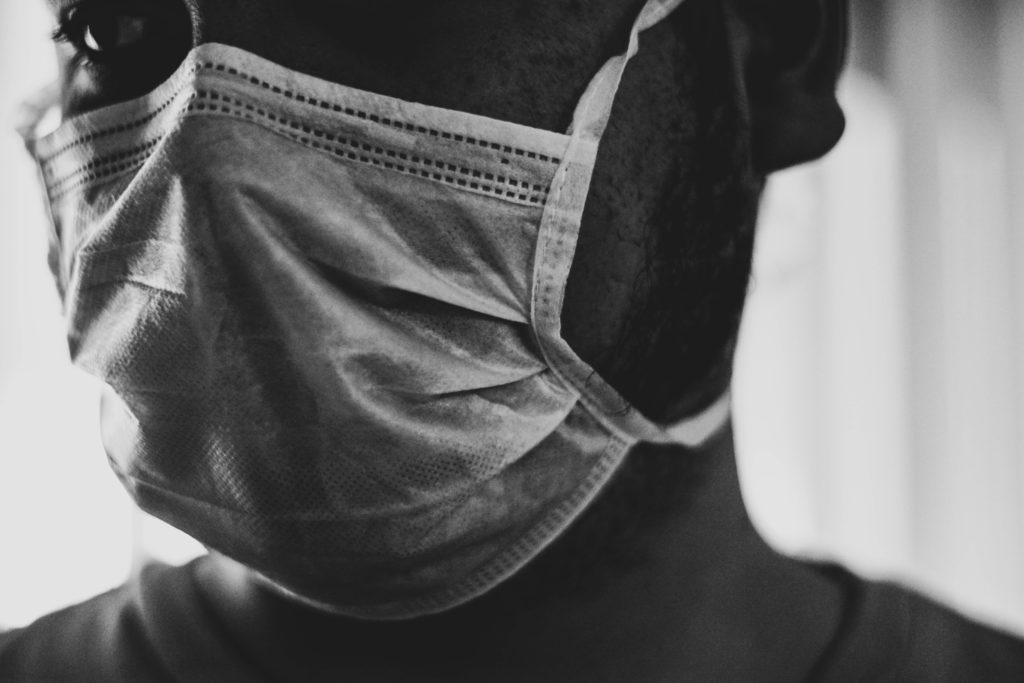
Streed said that CDC director Dr. Anthony Fauci “has really talked about the notion of seasonality,” adding that “he has postulated that we will probably see this in circulation and typically viruses that do this become less [potent] with time.”
However, trying to predict what will happen in the future doesn’t solve the problems of the present, which includes trying to keep people mentally healthy, especially those that already unhealthily isolate, such as trans people staying in unwelcoming homes, the elderly who are living alone, etc.
Streed wants us to move away from using the term “social distancing” to recognizing that we can distance ourselves without losing social connection. The main thing, he said, “is thinking of creative ways to remain connected [and] interact” because lack of connection is “harmful to our health.” Some suggestions includes group meetings, video conferences, or just texting and talking over the phone. Streed also recommends doing mindfulness techniques to keep an even mental state, as well as yoga and physical activity, all of which you can do indoors.
David also suggested that people can do events with crowds virtually, such as virtual book clubs, virtual movie events, and virtual cocktails with friends. “Try to make [distancing] fun as much as you can,” said David. “Find some variety in your day and do things differently.”
Streed also said that if you do need to release some emotion, don’t feel bad.
“If you need to have a cry, have a cry,” he said, adding that it’s okay to feel anxious, but make sure to talk to someone about it. “Don’t try to squash that.”
LGBTQ people, especially LGBTQ youth, can also reach out to LGBTQ centers around the country as well as The Trevor Project to find supportive services, including health care services, that are LGBTQ-inclusive. LGBTQ children can be supported by these services as well, along with gender-affirming adults in their lives, such as teachers. For instance, David said that during virtual lessons, teachers could possibly “provide education that is also gender-affirming, such as highlighting trans people in history, literature, etc.” adding that there is “a need for affirmation and connection.”
What’s also important for the future is to vote for a national government and state goverments that will protect LGBTQ Americans. In the extreme event of the pandemic extending into the voting season in November, David wants people to be aware of all of the tools there are to vote, including mail-in voting. Through voting, citizens can help create bridges to address the long-stemming issues facing LGBTQ people.
Other ways to help
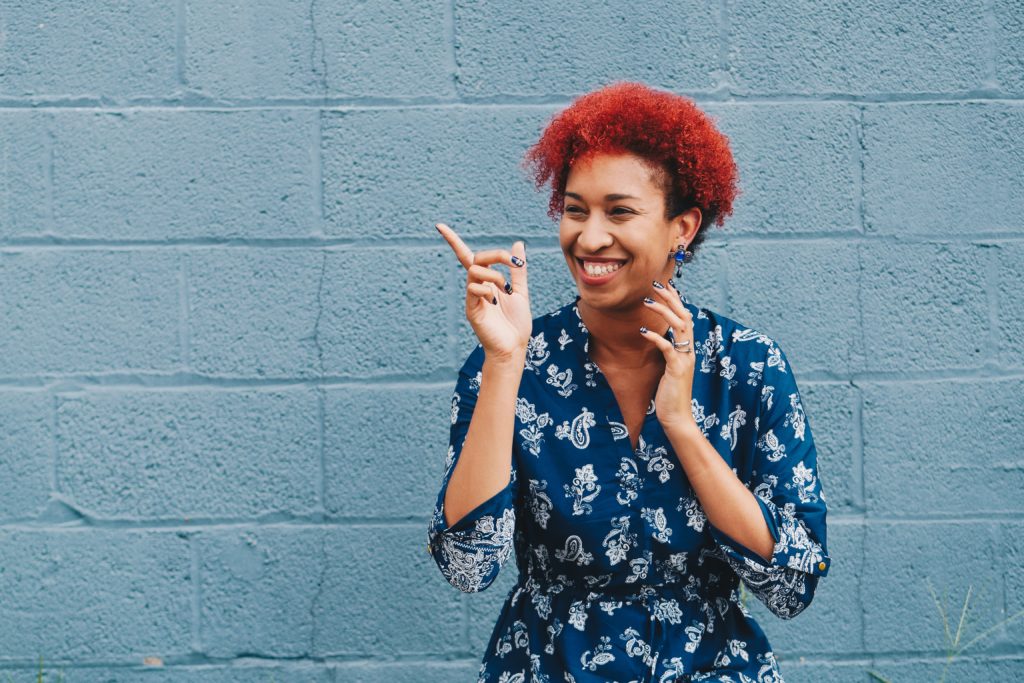
If you are part of the LGBTQ community or are an ally and want to help those impacted, there are many ways you can give back. David and Streed suggested donating supplies to healthcare centers and supporting local businesses, particularly those in the service industry. If you can give blood, consider making a blood donation. But if you can’t, for instance if you are a MSM who is banned by the government from giving blood, you can also provide financial donations, as well as ask hospitals how you can donate to them. You can also provide patients with phones so they can contact loved ones, or pay for hotel rooms for doctors who are self-isolating.
Another way to help is to not hoard food or medicine. Streed said there are no known shortages of gender-affirming medications, so there is no need to stock up on medicine prescriptions. And, just from my own observations, stocking up on food could make it harder for families who are less fortunate to get the food they need to survive. As we have seen on the news and on social media, the lower economic class is one of the groups hit hard by the pandemic, whereas those in the upper and middle classes have the financial resources to participate in hoard culture.
Hopefully this information has left you feeling better prepared for the pandemic. We still have a long road ahead of us before that curve is flattened, but we can make it if we stick to the CDC’s guidelines, distance ourselves while keeping connected, and helping those in our communities. If the pandemic has taught us one thing, it’s that we all depend on each other.
